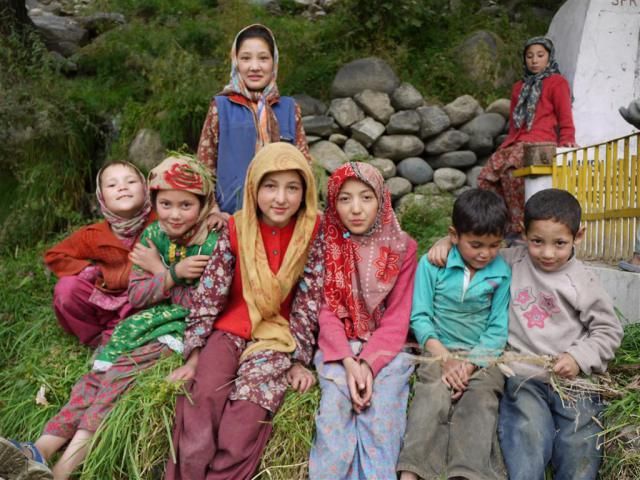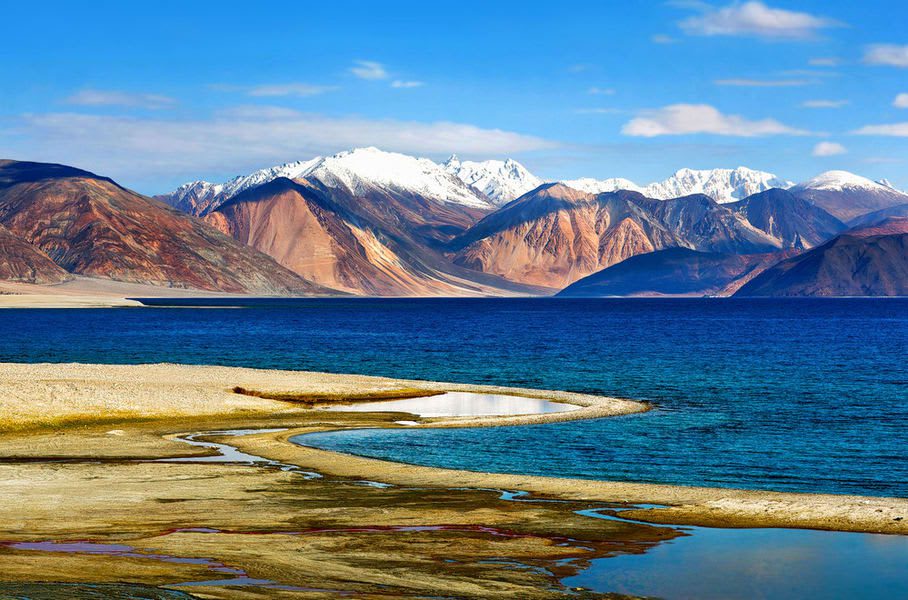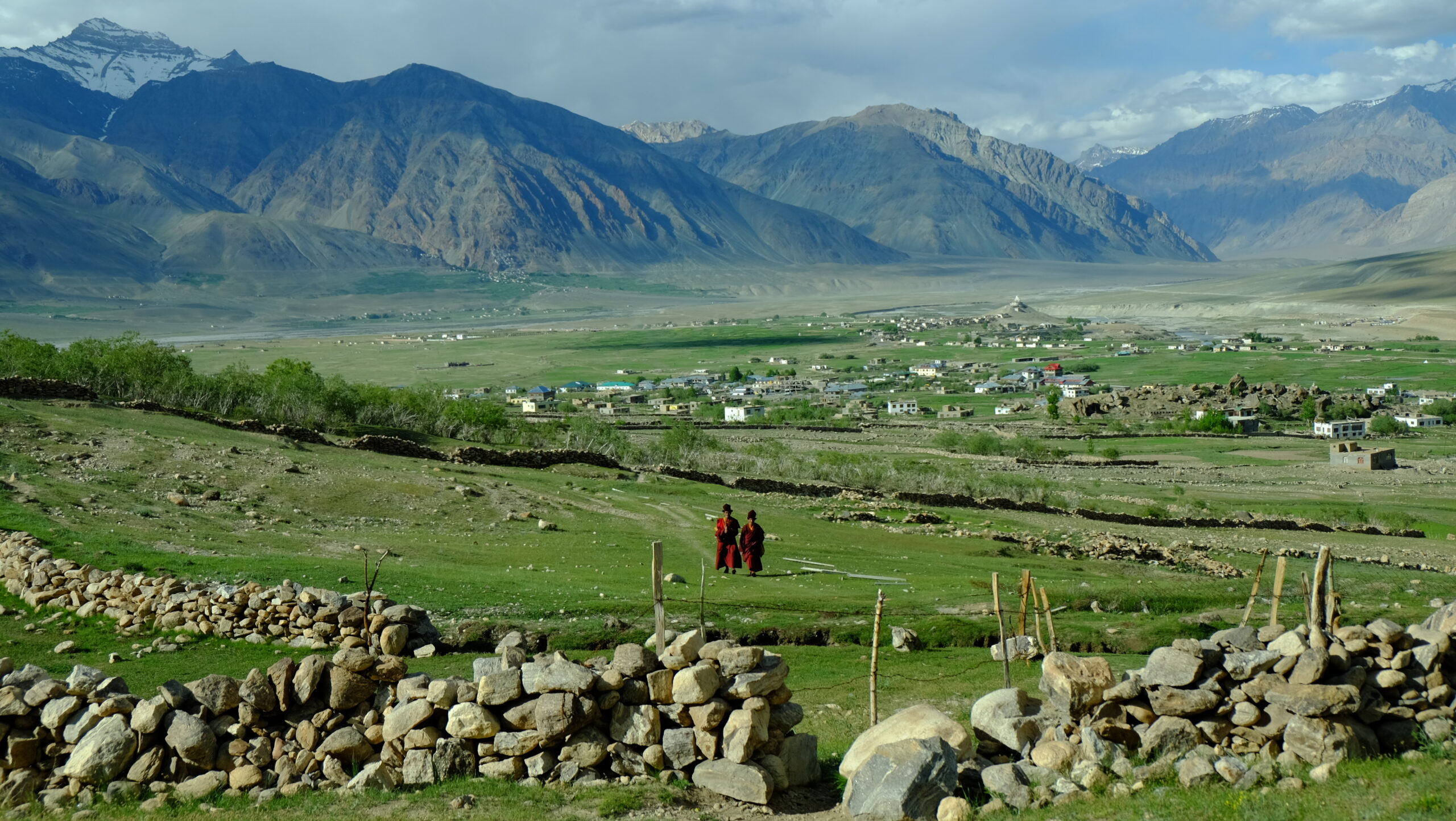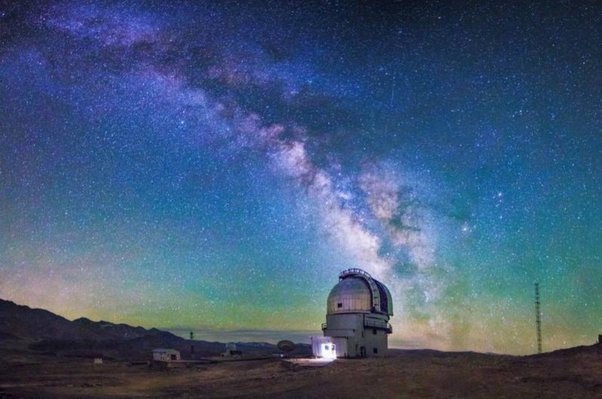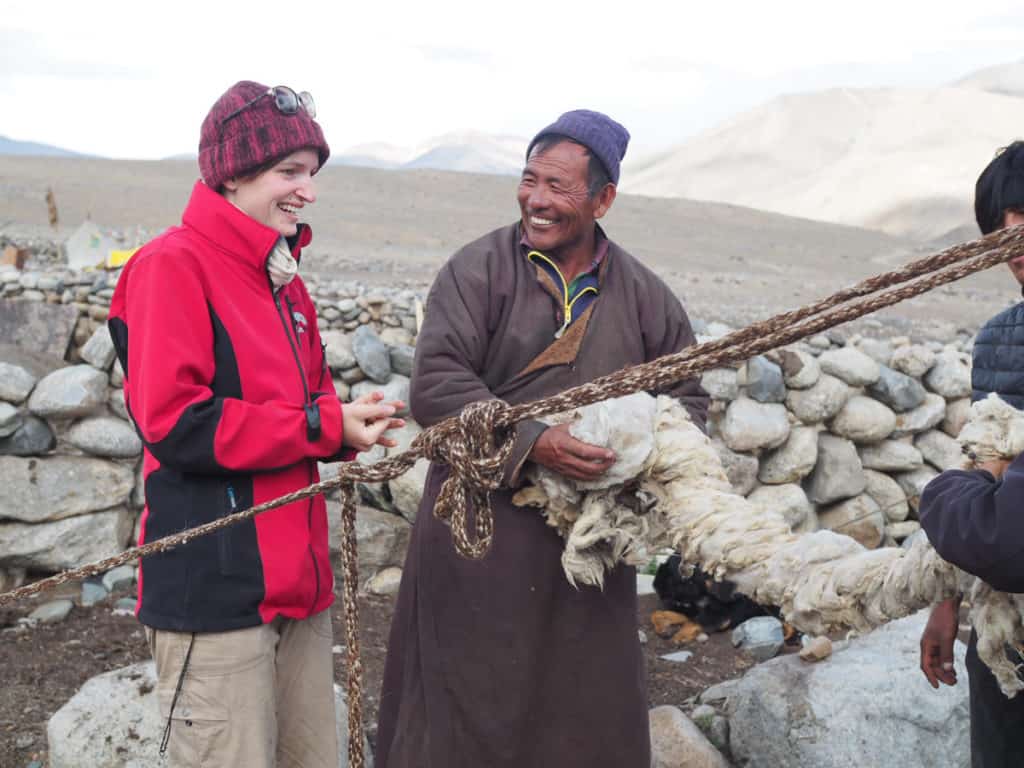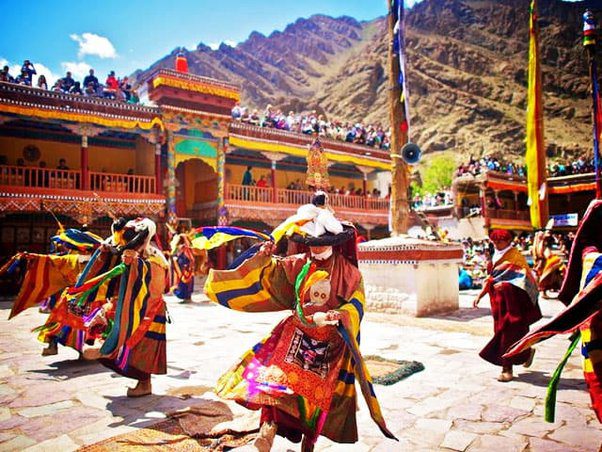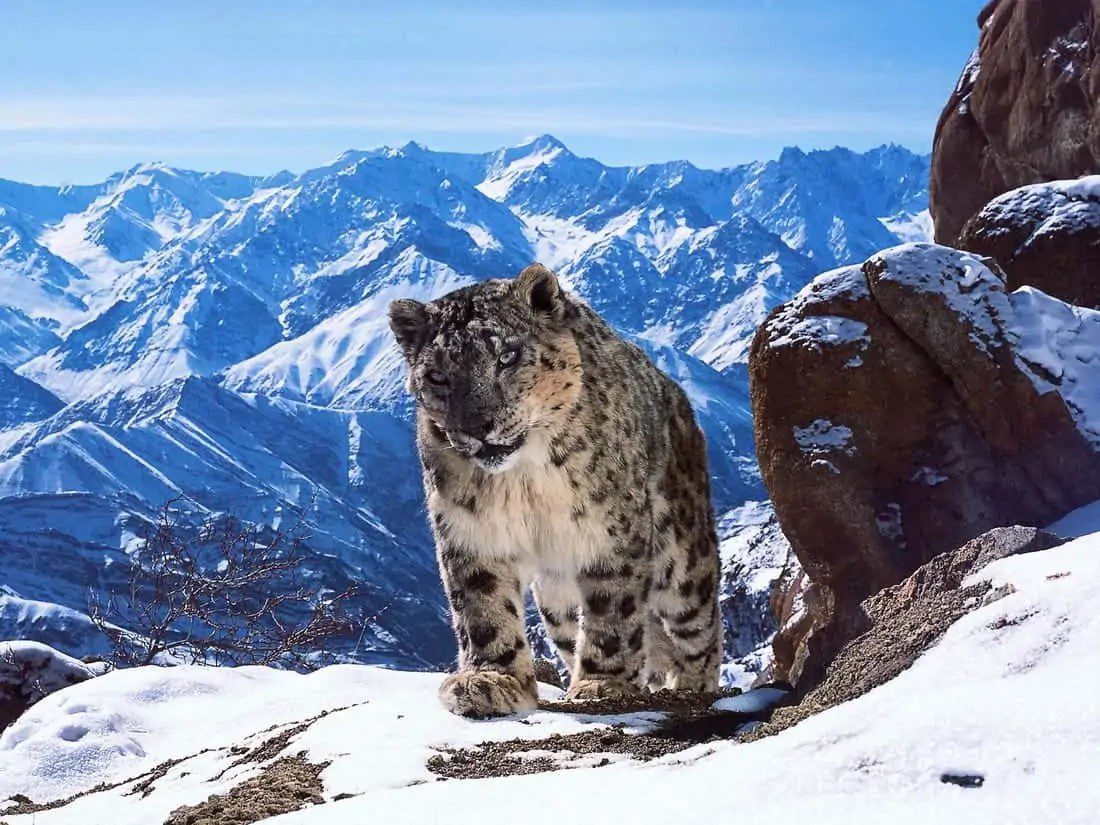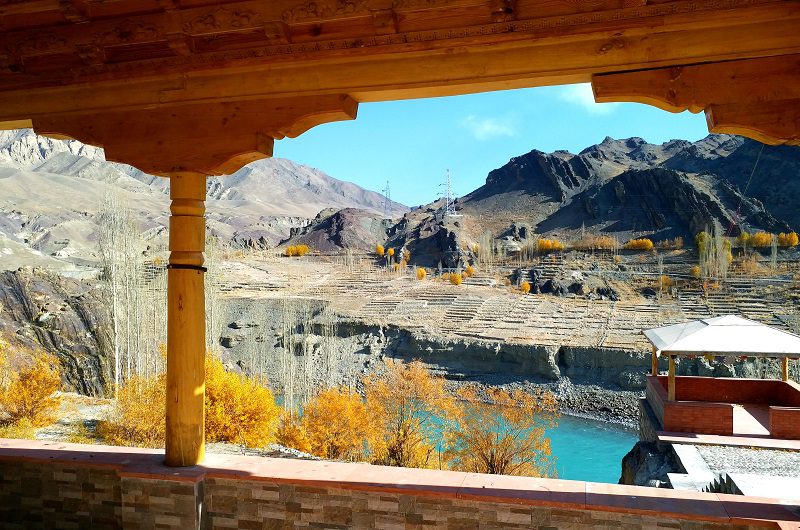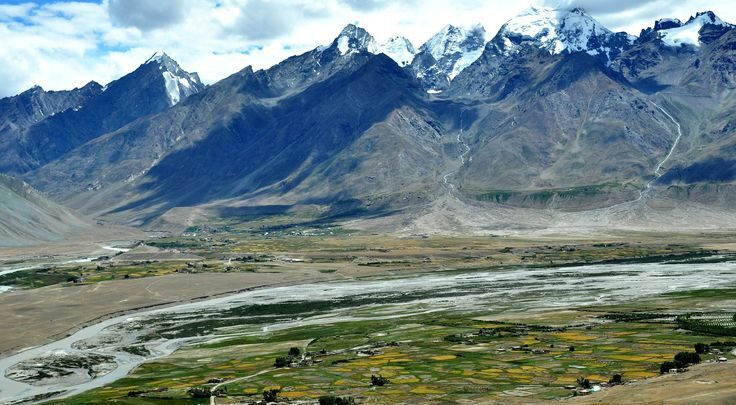Ladakh, often called the “Land of High Passes,” is known for its iconic spots like Pangong Lake and Leh. Yet, there is a lesser-known side to this Himalayan region—hidden valleys, remote villages, and offbeat adventures that offer an authentic Ladakhi experience. If you’re seeking to go beyond the typical tourist trails, this guide will uncover Ladakh’s unexplored gems and provide insider tips to experience its untouched beauty.
Introduction to Offbeat Ladakh
While most tourists flock to well-known destinations, true explorers know that Ladakh’s soul lies in its remote corners. These untouched places offer serene landscapes, vibrant cultural experiences, and adventures that few have experienced. From hidden lakes to cultural treasures, Ladakh’s offbeat side promises an unforgettable journey.
Hidden Gems in Ladakh That You Must Explore
Turtuk Village: A Slice of Balti Culture
Nestled close to the India-Pakistan border, Turtuk is a charming village steeped in Balti culture. The wooden homes, apricot orchards, and warm locals make it a must-visit for those seeking cultural immersion.

“Visiting Turtuk felt like stepping into another world. The people were so welcoming, and the village was breathtaking.”
— Emily Wilson, Teacher, United Kingdom
The Mystical Tso Moriri Lake
Less crowded than Pangong Lake, Tso Moriri is a serene high-altitude lake surrounded by mountains. Perfect for photography and birdwatching, it’s a haven for nature lovers.

Travel Tip: Visit during spring to spot migratory birds.
Zanskar Valley: Ladakh’s Hidden Paradise
Zanskar is an adventurer’s dream with rugged terrains, dramatic gorges, and ancient monasteries. The vibrant local festivals offer a glimpse into Ladakhi traditions.

“The trekking routes in Zanskar are unlike anything I’ve ever seen. Pure wilderness!”
— Rahul Mehta, Software Engineer, India
Remote Villages for an Authentic Ladakhi Experience
Hanle: Stargazing in a Quiet Hamlet
Hanle is a UNESCO-listed dark-sky reserve, ideal for stargazing enthusiasts. This remote village also offers insights into the nomadic Changpa tribe.

What to Expect: Crystal-clear night skies and traditional Ladakhi homes.
Dha and Hanu: The Land of Aryans
Experience the rich Aryan heritage in Dha and Hanu villages. The distinct culture and unique physical features of the locals make these villages fascinating.

“Learning about the Aryan culture was incredible. It’s such a unique part of Ladakh’s history.”
— John Peterson, Architect, USA
Sumda Chun: A Treasure Trove of History
This small village is home to one of Ladakh’s oldest monasteries, adorned with intricate wood carvings. Sumda Chun offers a tranquil atmosphere for history buffs.
Travel Tip: Hire a local guide to uncover the monastery’s hidden stories.
Offbeat Adventures in Ladakh
Trekking Through the Markha Valley
The Markha Valley trek takes you through picturesque villages, ancient gompas, and stunning landscapes. This trail is perfect for seasoned trekkers.

What Makes It Special: Avoids the crowds found on more popular treks.
Exploring the Changthang Plateau
Known for its vast expanses and nomadic communities, the Changthang Plateau is a hidden gem. It’s also home to rare wildlife like the Tibetan antelope.

“Driving through Changthang felt like exploring a different planet. The vastness is awe-inspiring.”
— Aditi Shah, Journalist, India
Rafting on the Zanskar River
Adventure seekers can enjoy white-water rafting on the Zanskar River, navigating through thrilling rapids and scenic gorges.

Pro Tip: The best time for rafting is June to August.
Ladakh’s Cultural and Spiritual Wonders
Discovering Hidden Monasteries
Explore lesser-known monasteries like Phuktal Gompa, perched on a cliffside. These serene spots are perfect for meditation and spiritual reflection.

Travel Tip: Visit early morning for peaceful prayers.
Participating in Local Festivals
Skip the crowded Hemis Festival and attend smaller events in remote villages. These festivals showcase traditional dances, music, and rituals.

“Witnessing a local festival was the highlight of my trip. It felt so personal and authentic.”
— Lars Jensen, Photographer, Denmark
Learning Traditional Ladakhi Arts
In remote villages, you can meet artisans who craft traditional wool products and pottery. Supporting them promotes sustainable tourism.
Wildlife and Nature Beyond the Usual
Hemis National Park: The Land of Snow Leopards
Hemis National Park is a haven for wildlife enthusiasts. Besides snow leopards, it is home to Himalayan blue sheep and golden eagles.

Travel Tip: Visit with a guide for the best wildlife-spotting experience.
Birdwatching in the Hidden Wetlands
Ladakh’s remote wetlands attract rare bird species, making them a paradise for birdwatchers.
“I spotted black-necked cranes during my visit. A moment I’ll cherish forever!”
— Sophie Adams, Biologist, Australia
Sustainable Tourism in Ladakh
Supporting Eco-Friendly Stays
Choose accommodations that use solar energy and promote eco-friendly practices. Supporting such initiatives helps preserve Ladakh’s fragile ecosystem.

Responsible Trekking Practices
Respect Ladakh’s environment by carrying reusable bottles and avoiding plastic waste. Trekking responsibly ensures the region remains pristine for future travelers.
Pro Tip: Follow the motto “Leave No Trace.”
Promoting Community Tourism
Engage with initiatives like home stays and locally-run tours to directly support Ladakhi communities.
“Staying in a local home gave me a glimpse into their daily lives. It was such a humbling experience.”
— Maria Lopez, Travel Blogger, Spain
Q&A Section
What are the best months to explore Ladakh’s hidden gems?
The best time to visit Ladakh for exploring its offbeat side is from May to September, when the weather is pleasant, and roads are accessible.
What should I pack for remote adventures in Ladakh?
Essentials include sturdy trekking boots, reusable water bottles, high-altitude gear, and plenty of sunscreen for the harsh sun.
How can I support sustainable tourism in Ladakh?
Stay at eco-friendly accommodations, minimize waste, and opt for locally run tours to directly benefit Ladakhi communities.
Are there any cultural etiquettes to follow in Ladakh?
Respect local customs by dressing modestly, asking permission before taking photos, and participating respectfully in cultural rituals or prayers.
What are some offbeat trekking routes in Ladakh?
The Markha Valley trek and routes through Zanskar Valley offer breathtaking landscapes and a chance to avoid crowded trails.
Ladakh Unexpected Side
Ladakh Unexpected Side | The journey through Ladakh mirrors the very essence of unraveling unknown horizons, as its dramatic landscapes and unique cultural identity awaken the deepest sense of wonder and exploration. Ladakh Unexpected Side delves into this realm where inner peace intertwines with the wild, untouched beauty of Ladakh. From the snow-capped peaks to the serene monasteries, every step in Ladakh is a step toward self-discovery. The mountains, ancient paths, and unspoken mysteries stretch before travelers, offering a meditative experience where each encounter feels both effortless and transformative. Whether it’s trekking across remote valleys or sitting quietly beside a sacred lake, Ladakh invites those who seek a deeper connection to the natural and spiritual world.

Ladakh Unexpected Side
The monasteries of Ladakh stand as living monuments to the region’s profound spiritual heritage. With origins dating back over a thousand years, these ancient structures are both places of worship and repositories of art, culture, and wisdom. Hemis Monastery, one of the largest in Ladakh, is renowned for its annual festival, featuring colorful mask dances performed by monks. The history of these monasteries reflects Ladakh’s role as a crossroads between India, Tibet, and Central Asia, where religious and cultural influences have intertwined over the centuries.
The Tibetan Buddhist influence is especially evident in the architecture and daily life of the monks. Prayer wheels, intricate murals, and the soft hum of chants fill the air as visitors explore the monastery grounds. Each monastery, from the remote Lamayuru to the awe-inspiring Thiksey, offers a window into the spiritual heart of Ladakh. These centers of meditation, learning, and community life continue to thrive, preserving traditions that have shaped Ladakh for generations.
Why Visit Ladakh for Ladakh Unexpected Side?
Ladakh is a destination that transcends mere travel. It offers a journey that touches both the outer and inner landscapes, making it a perfect setting for those who seek to unravel their own unknown horizons. The region’s breathtaking scenery—from towering mountain ranges to hidden valleys—provides not just an escape but a space for contemplation and growth. Ladakh’s culture, deeply rooted in Buddhist practices, invites visitors to reflect on their own lives and the world around them.
Ladakh’s people, known for their warmth and hospitality, add to the richness of the experience. Villages like Sumda Chun and the legendary Nubra Valley introduce travelers to a way of life that is intricately connected to nature and spirituality. Staying in local homestays allows for immersive experiences where one can learn about traditional Ladakhi customs, share meals made from local produce, and participate in community rituals.

Beyond its natural beauty, Ladakh offers a unique opportunity to explore oneself. The vastness of the region’s plateaus and the clarity of its skies seem to mirror the vastness of the human spirit. Whether it’s standing atop a mountain pass at 18,000 feet or meditating in a centuries-old monastery, Ladakh helps unravel the unknown horizons within each traveler.
Finding the Best Ladakh Unexpected Side in Ladakh
Finding the best places in Ladakh to experience “Ladakh Unexpected Side” involves venturing off the beaten path. Ladakh’s lesser-known treks, such as those leading to secluded monasteries or high-altitude lakes, offer unparalleled opportunities for solitude and reflection. The Markha Valley trek, for instance, takes travelers through verdant valleys, ancient villages, and high-altitude passes, allowing for both physical and spiritual exploration.
Ladakh’s iconic lakes, including Pangong Tso and Tso Moriri, are ideal spots for quiet contemplation. Their still waters reflect the sky, creating a mesmerizing landscape that feels timeless and infinite. Sitting beside these lakes, especially at dawn or dusk, brings an overwhelming sense of peace and connection with nature.

For those interested in Ladakh’s spiritual heritage, exploring monasteries such as Alchi, Phyang, or Diskit can be a transformative experience. These sites are not just places of worship but also centers of art, philosophy, and wisdom. Visiting these monasteries, with their ancient murals and intricate statues, offers insight into Ladakh’s rich cultural tapestry.
Ladakh’s Atmosphere and Ladakh Unexpected Side
Ladakh’s atmosphere is unlike any other place on Earth. The stark contrasts between the rugged mountains and the serene, tranquil monasteries create an environment that feels both raw and sacred. The traditional decor in Ladakhi homes and religious sites reflects this balance, with mud-brick houses adorned with prayer flags and colorful thangkas (Buddhist paintings) that add warmth and spiritual meaning to the space.

The interiors of Ladakhi homes, often simple and functional, are filled with symbols of devotion. Small shrines dedicated to Buddhist deities are common, and the air is often fragrant with incense. The use of earthy materials, like stone and wood, along with brightly colored textiles, creates an inviting and peaceful space, perfect for relaxation and reflection.
Traditional Ladakh Unexpected Side
Traditional Ladakh Unexpected Side is an integral part of the region’s identity, offering a unique blend of flavors that reflect its harsh climate and remote location. Hearty, warming dishes such as thukpa (noodle soup) and momos (dumplings) provide the sustenance needed to endure Ladakh’s cold temperatures. Skyu, a thick stew made with root vegetables and barley, is another staple of the Ladakhi diet, designed to nourish both body and spirit.

Drinks like butter tea, made with yak butter and salt, are a must-try for anyone visiting Ladakh. This rich, savory drink is not only warming but also hydrating, making it essential for those venturing into the high-altitude regions of Ladakh. Chang, a local barley beer, is often enjoyed during festivals and community gatherings, adding a sense of joy and camaraderie to any occasion.
Live Cultural Ladakh Unexpected Side in Ladakh
Ladakh is home to a vibrant cultural scene, with festivals and live performances held throughout the year. The Hemis Festival, which celebrates the birth of Guru Padmasambhava, is one of the largest and most famous events in the region. Monks dressed in elaborate costumes perform cham dances, which depict the triumph of good over evil. The energy of the festival, with its bright colors, rhythmic music, and elaborate rituals, draws visitors from around the world.
Other local festivals, such as the Losar (New Year) and Ladakh Festival, provide visitors with the chance to witness traditional dance, music, and crafts that have been passed down through generations. These events are more than just entertainment; they are a celebration of Ladakh’s rich cultural heritage and its deep connection to the spiritual world.
Trekking and Outdoor Activities Ladakh Unexpected Side
Ladakh is a trekker’s paradise, offering some of the most stunning and challenging routes in the world. From the famous Ladakh Unexpected Side, which follows the frozen Zanskar River, to lesser-known routes like the Sham Valley or Nubra Valley treks, Ladakh’s landscape offers endless possibilities for adventure and discovery. The high-altitude passes, such as Khardung La and Chang La, offer breathtaking views of snow-capped peaks and sprawling valleys.

Wildlife enthusiasts will also find Ladakh Unexpected Side to be a haven for rare species such as the snow leopard, Himalayan blue sheep, and the Tibetan wild ass. Winter expeditions to spot the elusive snow leopard in the Hemis National Park are gaining popularity among wildlife photographers and conservationists alike.
The Importance of Preserving Ladakh’s Ladakh Unexpected Side
Ladakh’s rich cultural and environmental Ladakh Unexpected Side is under increasing threat from climate change and mass tourism. Preserving this unique region requires careful attention to sustainable tourism practices. Choosing eco-friendly accommodations, supporting local businesses, and participating in community-led conservation efforts are just a few ways that visitors can contribute to the preservation of Ladakh’s natural and cultural heritage.
Ladakh’s people have a long history of living in harmony with their environment, practicing sustainable agriculture, and maintaining a deep spiritual connection to the land. Visitors are encouraged to follow the same principles, leaving no trace and respecting the fragile ecosystems that make Ladakh so special.
Etiquette and Tips for Visiting Ladakh Unexpected Side
Before visiting Ladakh, it’s essential to understand and respect the region’s customs and traditions. As a deeply spiritual place, Ladakh requires visitors to dress modestly, especially when visiting monasteries or attending religious ceremonies. Always ask for permission before taking photographs inside monasteries or of local people.
Medical Ladakh Unexpected Side
Spa trail Ladakh Unexpected Side
Ladakh Unexpected Side

When Ladakh Unexpected Side, remember to stay on designated paths to avoid damaging fragile ecosystems. Tipping is appreciated but not expected in most settings, and it’s important to carry cash, as many remote areas do not accept credit cards. Lastly, be mindful of altitude sickness and take the necessary precautions when traveling to higher elevations.
Conclusion: Enjoying Ladakh Unexpected Side in Ladakh
Ladakh is a place where the physical and spiritual worlds converge, offering travelers a journey unlike any other. Whether you’re trekking across high-altitude deserts, exploring ancient monasteries, or simply sitting in quiet reflection by a mountain lake, Ladakh invites you to unravel your own unknown horizons. By respecting the region’s traditions and practicing sustainable tourism, you help ensure that Ladakh’s beauty and cultural richness will be preserved for future generations to explore and enjoy.
